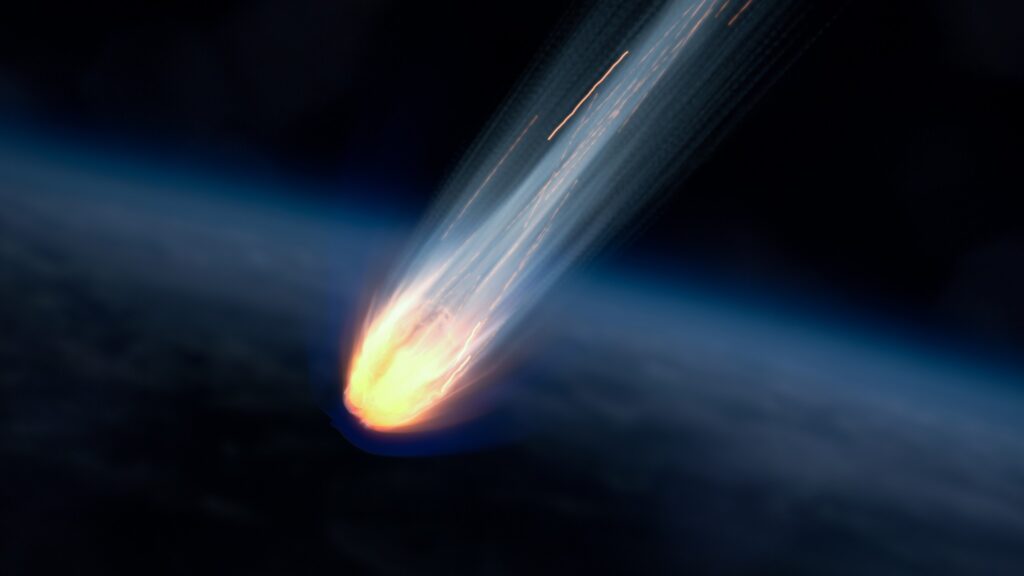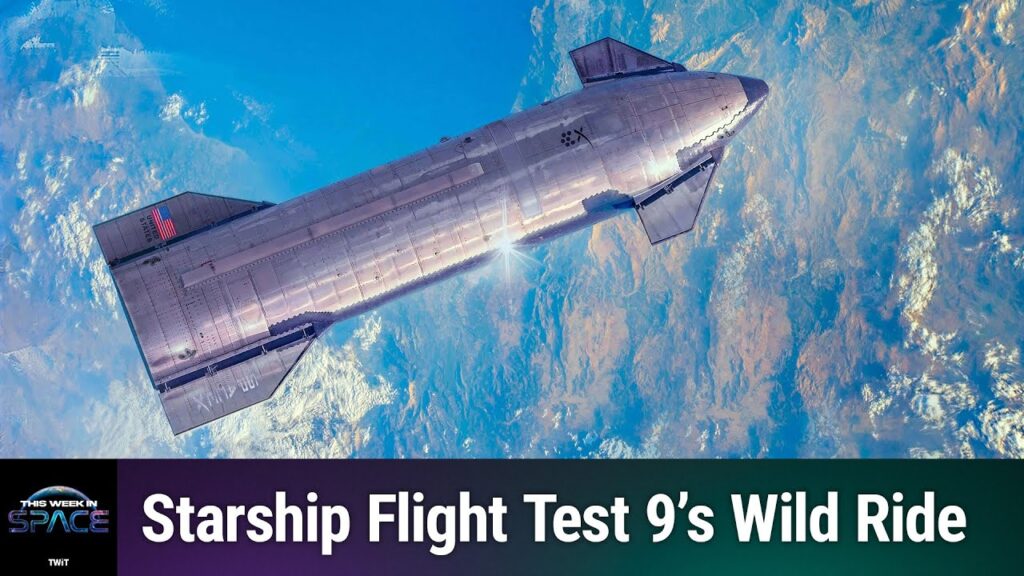CAPE CANAVERAL, FLORIDA — Everyone on the Space Coast has been hyper-focused on one thing this week: the launch of the Space Launch System (SLS) for NASA’s Artemis 1 mission around the moon.
The premier launch of the agency’s new heavy-lift moon rocket is scheduled for Monday morning (Aug. 29), during a two-hour window that begins at 8:33 a.m. EDT (1233 GMT). Less than 24 hours before the countdown clock strikes zero, Space.com hopped in a helicopter to enjoy an aerial view of the behemoth SLS rocket before its departure.
Many these days have grown accustomed to SpaceX rockets launching and then landing, either on one of the company’s autonomous drone ships in the ocean, or on one of SpaceX’s landing pads back at Cape Canaveral. But once SLS launches on the ambitious Artemis 1 mission, the rocket isn’t coming back. SLS’s solid rocket boosters and first stage fuselage will fall, rather than fly, into the ocean.
Related: These NASA photos of lightning strikes at the Artemis 1 moon rocket launch pad are amazing
Live updates: NASA’s Artemis 1 moon mission
So once SLS takes off from Launch Pad 39B, it’ll be two years before another one stands in its place.
The Artemis 1 launch has been over a decade in the making, and is expected to draw crowds of spectators numbering in the hundred thousands to the Space Coast. While many spectators are coming from elsewhere in Florida, those coming from out of state are learning to pay close attention to weather conditions on the Space Coast, as storms have the potential to adversely affect not only their vacation, but also the launch itself.

As of now, weather tomorrow has been forecasted with an 80% chance of favorable launch conditions during the first half of the window; those odds decrease to just 60% favorable toward the end of the second hour. As is typical for much of Florida in the summertime, the weather over the past week around NASA’s Kennedy Space Center (KSC) has flowed between sunny skies and torrential downpours, which can come and go within minutes.
KSC is NASA’s largest facility, and is big enough to host its own fire department, traffic police and food establishments for employees. Serving as the main spaceport for the entire United States, KSC spans over 140,000 acres (570 square kilometers), which it shares with the Merritt Island National Wildlife Refuge.

And the center boasts rules and procedures for everything, including a suite of weather-related protocols that mandate sheltering in place under certain lightning conditions.
Weather on the Space Coast the day before launch has been standard Florida fare, so rather than getting stuck in the rain, Space.com took to the skies around KSC for an aerial view of SLS before the rocket leaves the launchpad for good tomorrow. Our helicopter remained in clear skies, but conditions over KSC were more ominous.

Thankfully, the passing storms were light enough for some excellent views of the space center. And while we’ll be sad to see SLS go, the excitement for this rocket to get off the ground can be felt everywhere you go here at the Space Coast. Let’s light this candle.
Follow us on Twitter @Spacedotcom and on Facebook.


